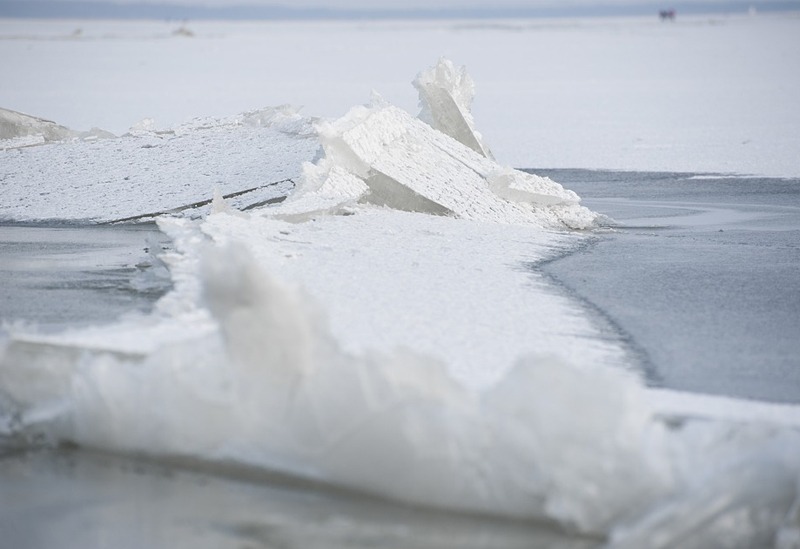Flowers grow in the seas of ice. Yes, but not the flowers with petals and leaves that wither, but they are strange flower-like structures in the form of ice, or more of a 3D snowflake, about an inch or two across. Indeed, this world is full of mysterious phenomena, from the sky where different clouds form to the globe’s strangest weather occurrence.
Frost flowers or ice crystals resemble flowers are commonly found growing on young sea ice and thin lake ice in cold, calm conditions. They are like hoar frost, widely seen growing in patches around 3–4 cm in diameter. Frost flowers or ice flowers have too high salinities and concentrations of other seawater chemicals. Because of their high surface area, they are efficient releasers of these chemicals into the atmosphere.
In February 2008, in the Arctic Ocean, odd flowers grew in the frozen young seas. Many scientists were interested and curious about how these frost flowers form; they took samples and images of these strange things.
How do they form?
The water in the sea freezes at 28.4 degrees Fahrenheit. When the cold, moist air becomes saturated, frosting starts on theicy surface. Frost on these imperfections results in the flower-like ice crystals, which rise as they wick moisture from the frozen surface, capturing salt and marine bacteria as they grow.
When ice sublimates, it changes to gas from solid form without passing into a liquid state. If vapor becomes oversaturated with liquid, it reverts to ice as soon as it touches an ice crystal. As this keeps happening, the flowers grow. Since these flowers occur in the sea, their saltiness is almost three times saltier than seawater because they form in a process called brine rejection that forces salt out of the porous sea ice and up into the flowers.
Frost flowers also flourish in the Southern Ocean around Antarctica, but little is known of their physical, chemical, or biological nature at either pole. Scientists have also learned to grow frost flowers in a freezer lab to find out more about how these stunning structures form and interact with the environment.
Does anything live in frost flowers?
Researchers tried to get samples of the frost flowers to know their composition. Surprisingly, what they have found out are more than just chemical elements because they discovered that organisms live inside these flowers.
Once the frost crystal flowers melted, they about one-quarter to one-half a teaspoon of water that contained about a million bacteria! It may seem impossible, but these bacteria species thrive in this freezing environment much colder, brighter, and saltier than what they’re used to. It is another subject of a study on how life survives under extreme conditions.
Are frost flowers becoming rarer?
On the contrary, Jody Deming a biological oceanographer and a professor at the University of Washington, believesthat there will be more frost flowers as the poles warm, and Arctic Ocean waters turn icy in wintertime.
Frost Flowers in Missouri
Missouri also has this similar phenomenon but is not found on the seas but in plants. There are short-lived frost flower-like structures that are delicate and resemble beautiful ribbons of ice crystals that form on the lower stems of several plant species.
The phenomenon occurs only after the first few hard freezes each year in late fall. These frost flowers are fleetingas they only happen during a few days in the fall and they quickly melts once the air temperature slightly warms or rays of sunlight hits them.
Missouri plant species known to produce frost flowers include dittany (Cunila origanoides), stinkweed (Pluchea camphorata), and white crownbeard (Verbesina virginica). Although the reasons why these particular species produce frost flowers, they consistently restrict themselves to the stems of just a few species.
On the Names of Ice Formations and the Plants
Besides ice flowers and frost flowers, other names include ice ribbons, ice fringes, ice filaments, rabbit ice, ice castles, frost castles, ice leaf, and Eisblatt. In current times, Dr. Bruce Means was the first person to publish broadly on these ice formations on plants that he called Ice Flowers. Some plants which support such growths of ice are called frostweed, and some call the ice formations Frost Flowers. However, Dr. Robert Harms proposed the name Crystallofolia based on Latin roots – basically translated as Ice Flower.



